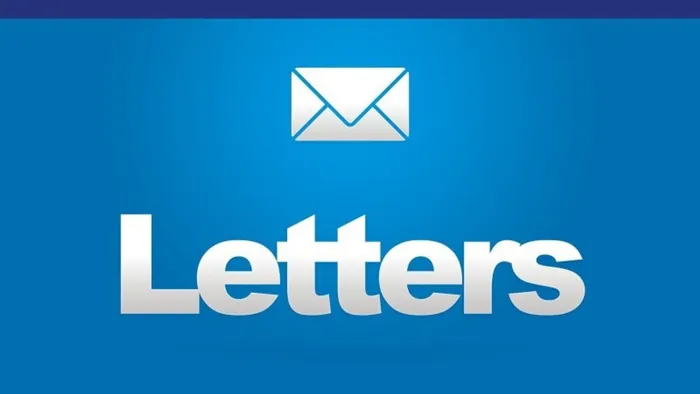Budget scrapes the barrel in absence of urgent reform

Jacques Moolman, president of the Cape Chamber of Commerce and Industry.
It may go down in history as the Cinderella budget. With a wave of his fiscal wand, Finance Minister Enoch Godongwana procured a largely overlooked R150 billion, just enough to balance the books and get South Africa to the proverbial ball – the national elections on May 29.
The problem with spells, as Cinderella discovered to her detriment, is that they expire at midnight, and South Africa’s tenuous finances face the same prospect: the R150 billion needed to shore up the state’s dwindling finances comes from the Gold and Foreign Exchange Contingency Reserve Account (GFECRA). As such it is a gift from the fiscal Fairy Godmother and should not obscure the fact that South Africa is running out of time to effect urgent economic reform.
Mr Godongwana was rightly praised for producing another skillful balancing act, but even he would agree that he has merely earned the nation a reprieve. When the applause died down in the National Assembly, there was just the sound of South Africa hurtling towards the midnight hour – the point at which it will be too late to grow the economy, rather than rescue it.
What is clearly missing from Mr Godongwana’s ledger is tax revenue and foreign investment, and these do not materialise with the wave of a wand. What is needed is a growth economy made possible by business friendly policy decisions, particularly in key sectors such as infrastructure, energy, and transport.
Speaking at a Cape Chamber webinar on Wednesday evening, top economist Dawie Roodt made the following key budget observations:
• The economy is stagnating, with a narrow tax base that has already been squeezed to capacity. For every taxpayer with a job there are two jobless South Africans dependent on a social grant. Many top-bracket taxpayers have emigrated, and the remainder are struggling to carry the tax burden.
• The debt trajectory is unsustainable. This year interest on state debt will be higher than the spend on social protection services. The transfer from the GFECRA allows the fiscal account to look much better than what it is, but the underlying trend is still for increasing debt and increasing debt levels. Currently debt Interest payments of R200 billion amount to R6000 a second, or about R80 000 debt per capita.
• South Africa’s current account deficit is a concern with capital inflows needed to offset the lag between increasing imports and dwindling exports. The current account deficit is especially problematic for a country with a vulnerable currency.
• With official unemployment of over 32%, and only 40% of people of working age currently employed, the budget has not adequately addressed the urgent need for massive economic growth. More tax incentives are needed to attract investment. The alarming dependence on social grants is unsustainable in a context of stagnant growth.
In summary, the need to dip into the GFECRA account is further proof that the government is scraping the proverbial barrel in the absence of urgent and meaningful reform needed to grow the economy. Over the past year, we have seen tentative moves toward public private partnership in key areas, such as ports and energy, but bold steps are required to grow the fiscal pie, rather than gather up the crumbs.
The GFECRA was needed largely to plug an expenditure hole brought about by a bloated public service wage bill in an election year. What is lacking from the minister’s narrative is acknowledgement that expenditure is not commensurate with service delivery.
In other words the South African taxpayer is being short changed.
Already we are seeing the private sector out of necessity step in to deliver crucial missing services, particularly at local government level. These services could be delivered a lot sooner, and taxes levied sooner, if government would prioritise creating new jobs rather than farming out existing jobs through cadre deployment.
The harsh reality is that the finance minister will need more than a glass slipper if he is to walk the talk of his Cinderella budget.